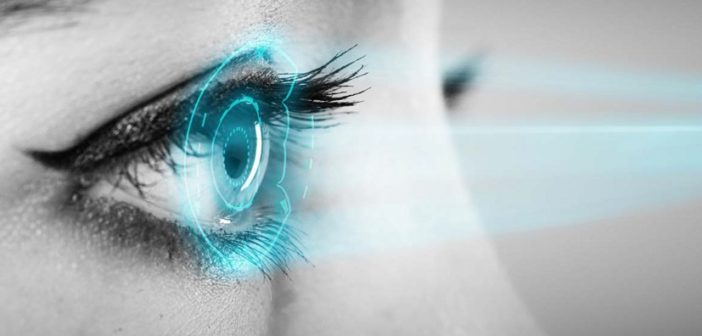
 In 1865, British Parliament imposed a draconian Act, restricting all locomotive vehicles to a top speed of 2 mph in urban areas. The “Red Flag” Act was brought about by lobbyists from the railroad and stagecoach industries, in an attempt to reduce competition from the newer, and much faster, automobile industry. The fear of emerging technology is nothing new, and neither are misguided attempts to control technology that has immense potential, but is not fully understood by the general populace. While a concern regarding the potential power of a new technology is prudent, it is important that concern is focussed on legitimate issues.
In 1865, British Parliament imposed a draconian Act, restricting all locomotive vehicles to a top speed of 2 mph in urban areas. The “Red Flag” Act was brought about by lobbyists from the railroad and stagecoach industries, in an attempt to reduce competition from the newer, and much faster, automobile industry. The fear of emerging technology is nothing new, and neither are misguided attempts to control technology that has immense potential, but is not fully understood by the general populace. While a concern regarding the potential power of a new technology is prudent, it is important that concern is focussed on legitimate issues.
Biometric technology is now a ubiquitous form of access restriction, used for everything from securing government facilities to locking a mobile phone. The general populace focuses their concern on government control of their personal information, and vague data-handling concepts such as “big brother” and “big data”. But they will unthinkingly allow an unsecure device such as a phone to capture their biometric information with no regard as to where that information is being stored or how is can be used against them.
Captured For Life
Biometric technology is based around measurements of a user’s physical or behavioural characteristics. Other access technologies are based around an object a person has, such as a swipe card or ticket, or something they know, such a PIN, or password. Whereas a swipe card can be reissued and a PIN can be changed, biometric data can almost never be altered for the duration of a person’s life. Once an adversary captures a person’s biometric information, it cannot be deleted or changed by the victim in order to resecure their data…Click here to read full article.





